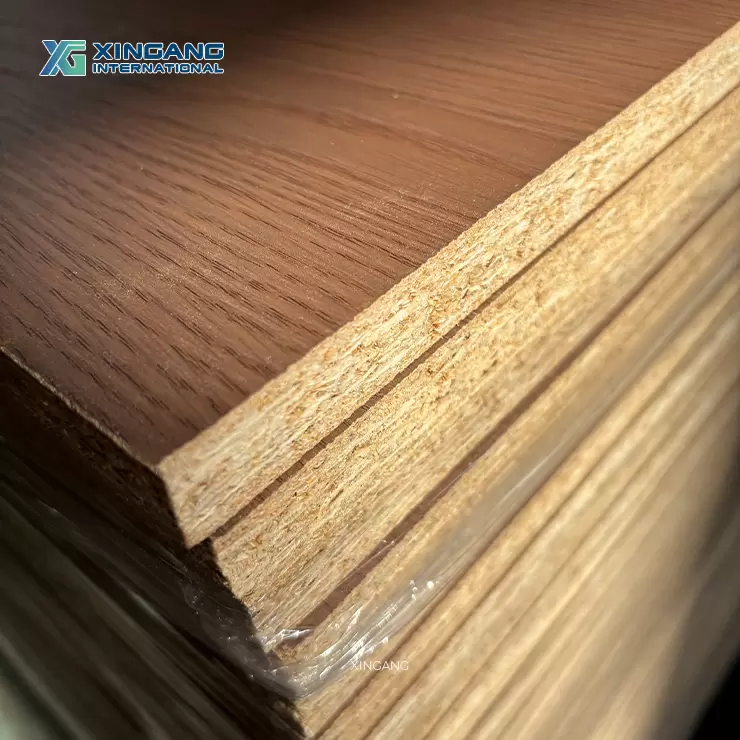When it comes to safeguarding your property from water damage, external waterproofing stands out as a critical investment. However, a common question arises: How long does external waterproofing last? The answer is multifaceted, influenced by various factors including the type of waterproofing system used, environmental conditions, and maintenance practices. In this article, we will delve into the intricacies of external waterproofing longevity, providing you with a comprehensive understanding to make informed decisions for your property.
Understanding External Waterproofing
External waterproofing involves applying protective barriers to the exterior surfaces of a structure, typically the foundation walls, to prevent water intrusion. This can include methods such as:
- Liquid Membranes: These are applied as a liquid and cure to form a seamless waterproof barrier.
- Sheet Membranes: These are pre-manufactured sheets that are adhered to the foundation walls.
- Bentonite Clay: A natural material that expands when wet, creating a barrier against water.
Each method has its unique properties and lifespan, which can significantly affect how long the waterproofing will last.
Factors Influencing Longevity
- Type of Waterproofing System:
- Liquid Membranes: Generally, these can last anywhere from 10 to 20 years, depending on the quality of the product and the application process. High-quality membranes that are properly installed can provide robust protection against water infiltration.
- Sheet Membranes: These typically have a longer lifespan, often exceeding 20 years. However, their effectiveness can be compromised if not installed correctly or if they are damaged during backfilling.
- Bentonite Clay: This natural option can last indefinitely if maintained properly, but it requires specific conditions to function effectively.
- Environmental Conditions:
- Soil Type: Clay soils retain water, which can increase hydrostatic pressure against the foundation, potentially reducing the lifespan of waterproofing systems. Sandy soils, on the other hand, allow for better drainage and can prolong the effectiveness of waterproofing.
- Climate: Regions with heavy rainfall or freeze-thaw cycles can put additional stress on waterproofing systems, leading to premature failure if not designed to withstand such conditions.
- Installation Quality:
The expertise of the contractor plays a crucial role in the longevity of external waterproofing. Poor installation can lead to gaps, bubbles, or other defects that allow water to penetrate. It’s essential to hire experienced professionals who adhere to industry standards and best practices. - Maintenance Practices:
Regular inspections and maintenance can significantly extend the life of your waterproofing system. This includes checking for cracks in the foundation, ensuring proper drainage away from the structure, and addressing any landscaping issues that may lead to water pooling near the foundation.
Signs of Deterioration
Even the best waterproofing systems can show signs of wear over time. Homeowners should be vigilant for:
- Cracks in Walls or Foundation: These can indicate that the waterproofing is failing.
- Dampness or Mold: Any signs of moisture inside the basement or crawl space can signal a breach in the waterproofing barrier.
- Peeling or Bubbling Paint: This can be a sign of moisture infiltration behind the walls.
Conclusion
In summary, the longevity of external waterproofing can vary widely based on the type of system used, environmental factors, installation quality, and ongoing maintenance. While some systems may last a decade or two, others can provide protection for much longer, especially when properly maintained. To ensure the best results, it’s crucial to invest in high-quality materials, hire skilled professionals for installation, and commit to regular maintenance checks.


